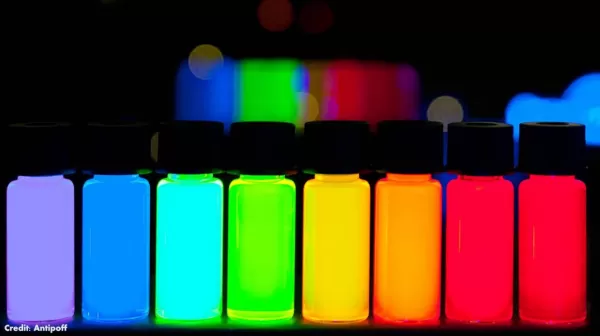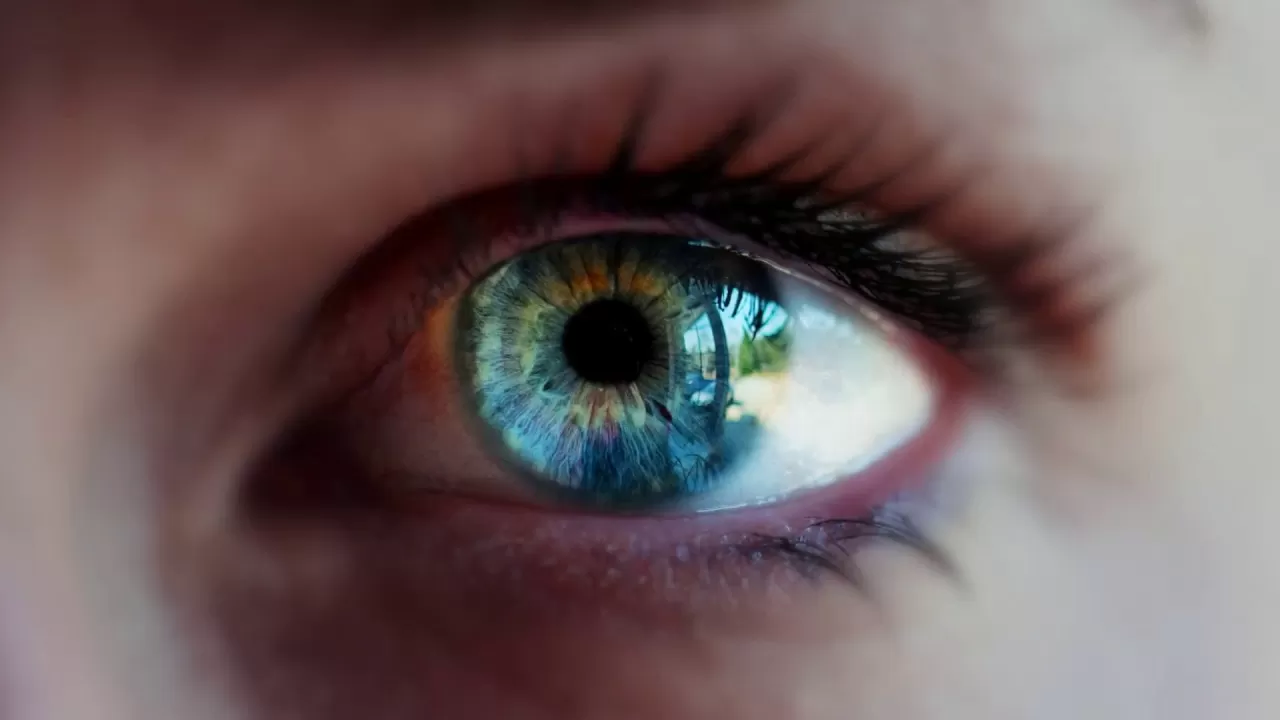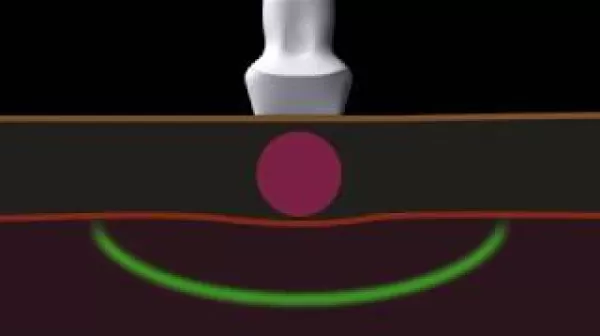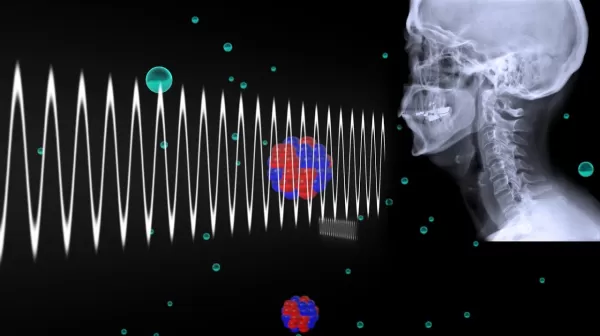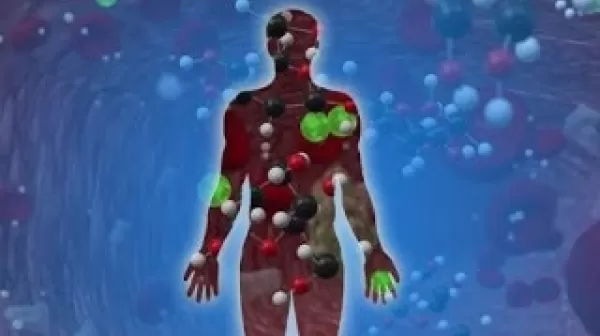National Institute of Allergy and Infectious Diseases
The National Institute of Allergy and Infectious Diseases traces its origins to a small laboratory established in 1887 at the Marine Hospital on Staten Island, New York.
In the 1880s, boatloads of immigrants were heading towards America, some of them unknowingly bringing with them cholera and other infectious diseases. No one knew what caused most of these diseases, and physicians relied on clinical signs alone to determine whether someone might be carrying an infectious agent.
- Read more about National Institute of Allergy and Infectious Diseases
- Log in to post comments
- 14 views



